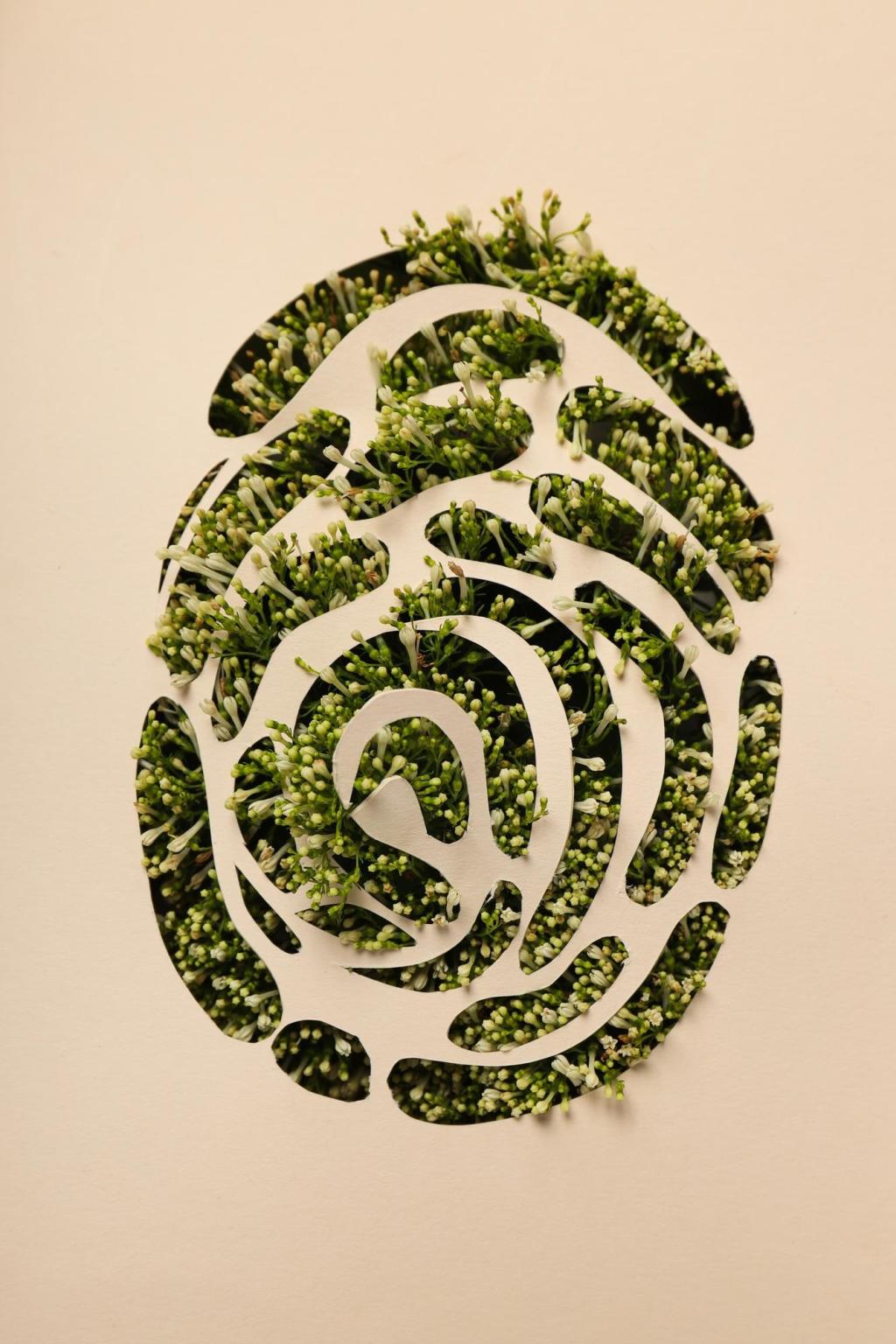Foundations of Zero-Waste Interior Design
Refuse what you don’t need, reduce what you can, reuse what exists, repair what breaks, and recycle as a last resort. Apply this rhythm to each room: keep only purposeful kitchen tools, rehome duplicate decor, and mend textiles before replacing them. Share how you practice the Five R’s at home, and inspire someone else to try it this week.
Foundations of Zero-Waste Interior Design
Choose mechanical fasteners, reversible adhesives, and standard dimensions so components can be removed and reused, not ripped out. A reader once unscrewed an old built-in, reused the plywood as closet shelves, and donated the handles to a local maker. Tell us which parts of your home you could redesign to come apart gracefully when life changes.
Foundations of Zero-Waste Interior Design
Zero-waste welcomes wear as character, not failure. A tabletop with water rings becomes a conversation starter after a light sand and oil refresh. Embrace wabi-sabi: the charm of age, repair, and history. Post a photo of your favorite patina-rich piece and tag it with your story—we’d love to highlight it in a future issue.
Foundations of Zero-Waste Interior Design
Lorem ipsum dolor sit amet, consectetur adipiscing elit. Ut elit tellus, luctus nec ullamcorper mattis, pulvinar dapibus leo.






